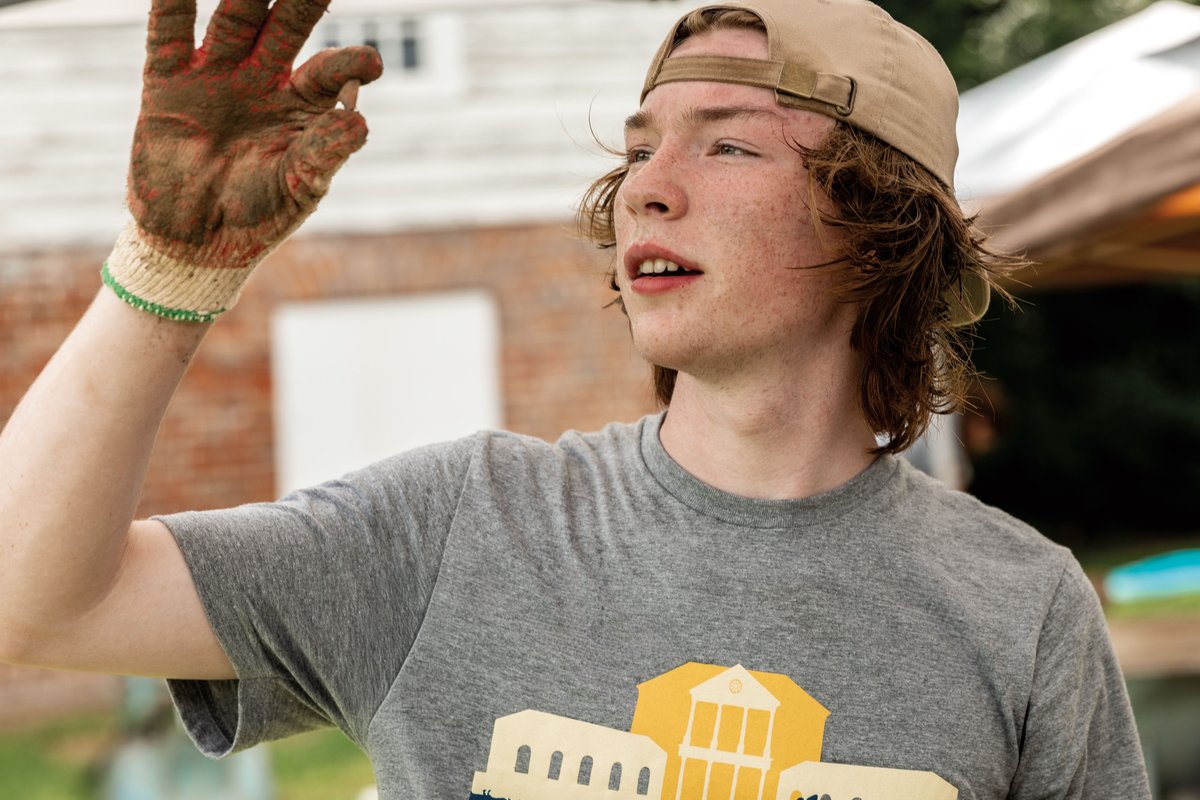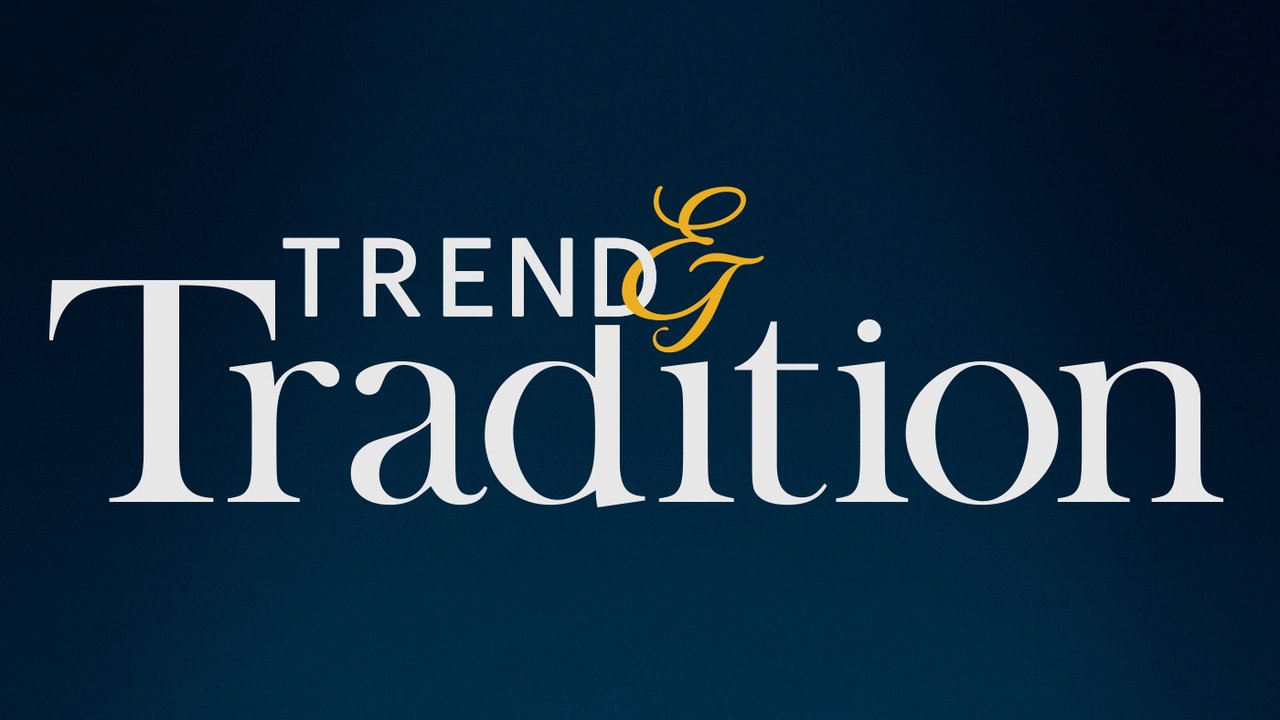
Inspiring America’s Students
Educational programs engage all the senses
In July, 90 high school students from National History Academy, a four-week residential summer program in Middleburg, Virginia, arrived in Williamsburg. Divided into four groups, they attended special sessions at the African Baptist Meeting House and Burial Ground, the Bray School and the Art Museums of Colonial Williamsburg. They also toured the Capitol, Raleigh Tavern and American Indian Encampment.
All these sites highlight the power of place, which is — not coincidentally — the name of Colonial Williamsburg’s $600 million fund-raising campaign to support the Foundation’s preservation, education and civic engagement goals.
Donor support is critical to advancing the Foundation’s educational mission and touches nearly every aspect of our work to share America’s origin story and inspire the next generation.
“Young people retain knowledge longer when they’ve learned it through an emotional and engaging experience,” said Mia Nagawiecki, the Foundation’s senior vice president for education. “Colonial Williamsburg can do that authentically because this is the actual place that history happened. We have primary sources in the forms of buildings as well as documents, and we can combine those with the incredible talents of interpreters, actors, musicians and our production teams to create an immersive experience of the past in a way that helps people understand what it was like to be alive then.”
“Books are tremendously valuable for teaching history,” said Ron Hurst, the Foundation’s chief mission officer. “But when you’re on-site, you can use your eyes, your ears, your sense of smell and — in some cases — touch. Using all your senses is a far more effective way to learn than simply reading.”
The National History Academy’s current program at the Foundation came about after philanthropist Jacqueline Mars met with Cliff Fleet, the Foundation’s president and CEO, and encouraged greater collaboration between the two organizations. This year’s itinerary added the Bray School and the African Baptist Meeting House.
The discovery of the building that housed the Bray School, where Black children were educated between 1760 and 1765, generated national attention. Researchers continue to explore how slavery and the education of Black children coexisted and how — despite the school’s undeniably proslavery ideology — those children could have used their education to undercut slavery. After extensive research by archaeologists, architectural historians and curators, the restored building opened to the public on Juneteenth.
The history of the African Baptist Meeting House site dates back to 1776 and a Black congregation that, since they were legally forbidden to gather, first met secretly. Colonial Williamsburg’s archaeologists uncovered the foundations of the early 19th-century church, and a ceremonial groundbreaking for a reconstructed meetinghouse also took place on Juneteenth.
Both the Bray School and African Baptist Meeting House projects were fully funded by donors as part of the Power of Place Campaign, including grants awarded by the Mellon Foundation and the Lilly Endowment.
The Foundations of History
The program for National History Academy was by no means the only one for youths in Williamsburg this summer. Since 2021, the Foundation’s own Public Archaeology Institute has engaged high school students with a mix of lab work and fieldwork. This year that fieldwork took place at Custis Square.
Historians have long been intrigued by John Custis IV because Martha Washington, before marrying George, had been married to Custis’ son. Recent excavations focused on Custis’ elaborate garden and, in keeping with the Foundation’s efforts to present a more comprehensive history of the period, on the enslaved people who constructed and maintained the gardens. Plans call for reconstructing the gardens, which were said to have rivaled those at the Governor’s Palace.
Plans also call for expanding the Public Archaeology Institute to include younger kids. The new Colin G. and Nancy N. Campbell Archaeology Center, which opens in April 2026, will provide space to allow for additional programs.
“Archaeology lays the foundation for discovering history,” said Crystal Castleberry, the Foundation’s public archaeologist. “I hope students take from this program the idea that discoveries never end. We’ve been digging in the same city for nearly a hundred years, and the 18th-century trash — the remains of everyday life — that we uncover still sheds light on the people who lived here.”
Castleberry noted that the institute’s name intentionally stresses the public aspect of archaeology because students, like Colonial Williamsburg’s archaeologists, routinely interact with the public. That is certainly the case at the newest excavation, which is centrally located on Duke of Gloucester Street across from Bruton Parish Church. The site was the house and workshop of Peter Scott, a prominent furniture maker who rented the structures from Custis and later from Martha and George Washington.
William & Mary students worked at the Scott site this summer as part of a field school for college students that has been held in the Historic Area for decades.
“We try to bring the students to our coolest sites,” said Eric Schweickart, the Foundation archaeologist who taught this year’s class. “But you’re digging a hole and sweating in the summer heat and sometimes not finding anything interesting. It’s definitely a moment when students discover whether they really want to be an archaeologist.”
Teaching Teachers
The Foundation also reaches young people through their teachers. This year, the Bob and Marion Wilson Teacher Institute moved into a new home near the Williamsburg Lodge, which allows it to provide more teachers with strategies and resources, including lesson plans, primary sources and other media for teaching history.
“Bob and Marion Wilson’s original vision for the program was all about the students — that while not every student could come to Williamsburg on a field trip, if we bring the teachers, the teachers can take the power of this place to the dozens and, over time, hundreds and thousands of students in their classrooms,” said Nagawiecki.
Thanks to dozens of generous donors who underwrote scholarships for 500 teachers, this summer was the first in the institute’s 36-year history in which teachers from all 50 states were able to participate in the program in Williamsburg.
How You Can Help
From establishing educational programming that inspires the next generation of history lovers to restoring and reconstructing historic sites, Colonial Williamsburg is dedicated to preserving our nation’s history and bringing it to life. Donor support makes possible everything mentioned here and so much more.
To contribute to the Campaign, visit colonialwilliamsburg.org/TT. For more information on how to support these programs and more, email [email protected].
More from this Issue

